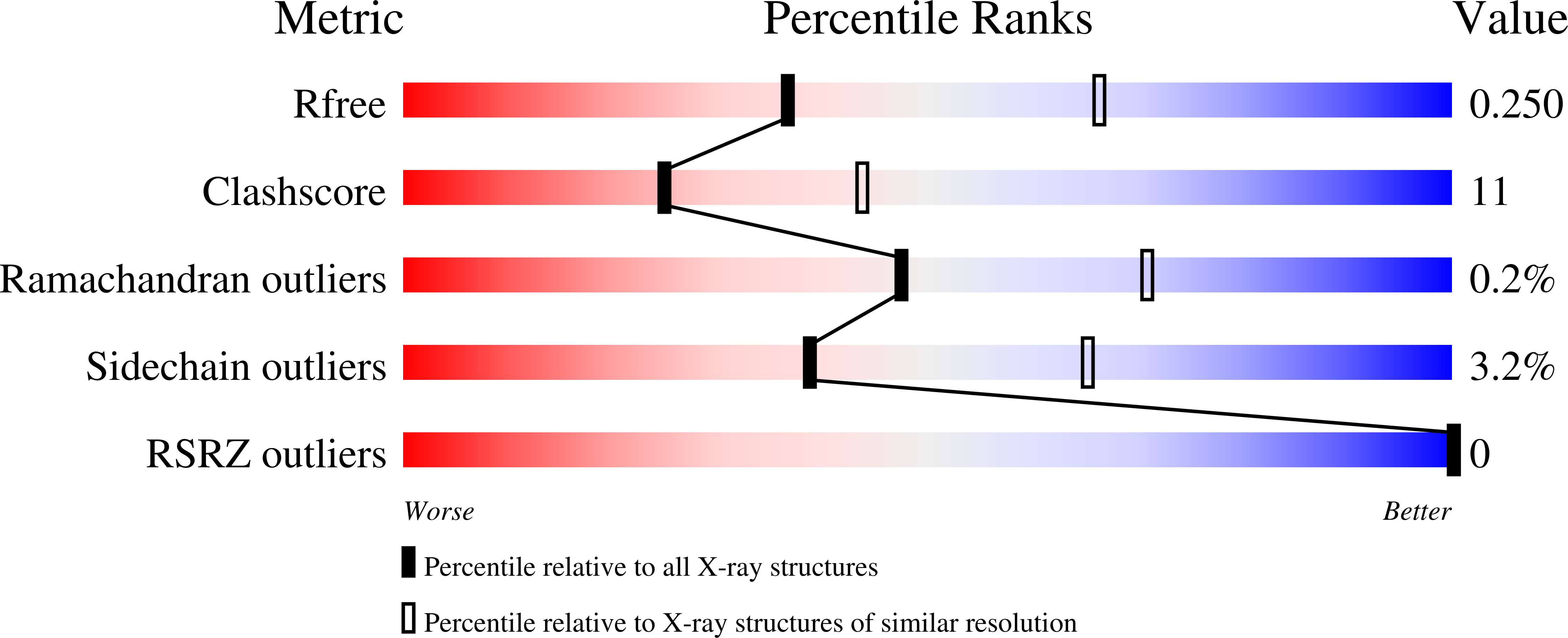
Deposition Date
2006-06-21
Release Date
2007-02-13
Last Version Date
2024-02-14
Entry Detail
PDB ID:
2HEN
Keywords:
Title:
Crystal Structure of the EphB2 Receptor Kinase domain in complex with ADP
Biological Source:
Source Organism:
Mus musculus (Taxon ID: 10090)
Host Organism:
Method Details:
Experimental Method:
Resolution:
2.60 Å
R-Value Free:
0.26
R-Value Work:
0.20
R-Value Observed:
0.20
Space Group:
P 1 21 1


